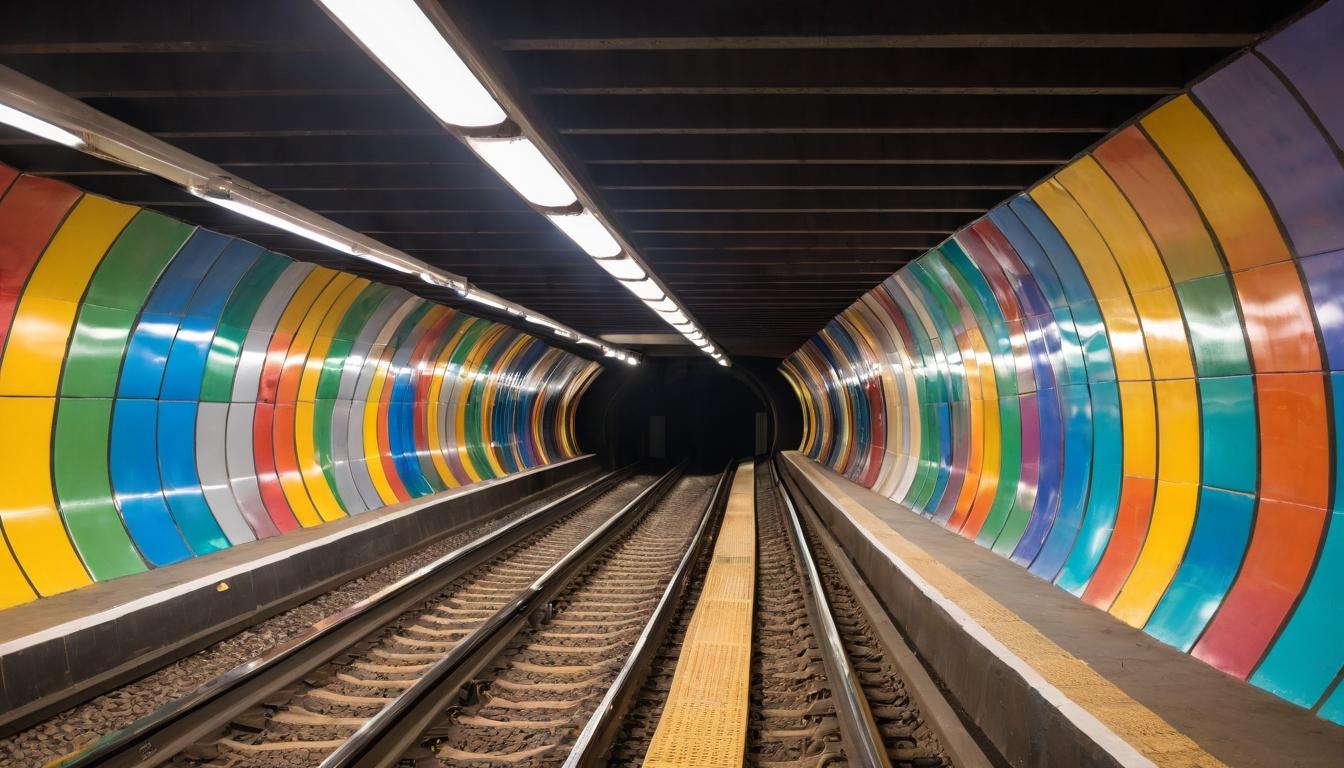In the shadow-drenched corners of the music industry, something vital is stirring. While streaming services continue to feed us algorithmically-approved playlists and major labels chase viral TikTok moments, a genuine counter-movement is emerging from basements, DIY venues, and digital undergrounds. This isn't just another trend cycle—it's a fundamental reimagining of what music creation and consumption can be when freed from corporate oversight and data-driven predictability.
The evidence is everywhere if you know where to look. In cities from Mexico City to Seoul, artists are building hyper-local scenes that operate completely outside traditional industry structures. These aren't bedroom producers hoping for a break—they're architects of self-sustaining ecosystems where music, visual art, and community intertwine. The most exciting developments aren't happening on major festival stages but in repurposed warehouses and encrypted chat groups where creativity flows without the pressure of commercial viability.
What makes this moment different from previous underground movements is the sophisticated use of technology against itself. Artists are weaponizing AI tools not for viral marketing but for artistic experimentation, creating sounds that defy genre classification. They're building decentralized networks using blockchain and Web3 principles to distribute music directly to supporters, cutting out intermediaries who've historically profited from creative labor. This technological literacy allows them to operate with an autonomy that previous generations could only dream of.
The sound emerging from these scenes is as diverse as the communities creating it. We're hearing the fusion of traditional folk instrumentation with industrial noise, the marriage of hyperpop's digital maximalism with ambient's spaciousness, and the collision of global rhythms with experimental electronic production. These artists aren't just mixing genres—they're dismantling the very categories that have organized music for decades. The result is music that feels both familiar and completely new, challenging listeners to expand their definitions of what music can be.
Meanwhile, the traditional music industry finds itself in an existential crisis. Major labels continue to chase the ghost of past successes, signing artists who fit established formulas while missing the cultural shifts happening beneath their radar. The streaming economy has created a middle class crisis where even moderately successful artists struggle to make ends meet, forcing creative compromises that dilute their artistic vision. This system isn't just broken—it's actively hostile to innovation.
The underground's response has been to build parallel economies. We're seeing the rise of artist collectives that function as miniature labels, management companies, and creative agencies all in one. These groups pool resources, share knowledge, and create support networks that allow members to pursue ambitious projects without corporate backing. They're proving that sustainable careers in music don't require major label deals—they require community, creativity, and business savvy.
Social media platforms, once seen as democratizing forces, have become another set of walls to navigate. Algorithms reward consistency and predictability, punishing the experimentation and evolution that define great art. The underground's solution? Create their own platforms or subvert existing ones. We're seeing artists build dedicated communities on Discord servers, use Instagram Stories for intimate performances rather than polished content, and treat TikTok as a sketchpad rather than a portfolio.
The geographical boundaries that once defined music scenes have dissolved completely. An artist in Lisbon can collaborate with a producer in Nairobi, release through a collective based in Tokyo, and build an audience across continents. This global network creates fascinating cultural hybrids—music that reflects multiple perspectives and experiences rather than a single regional sound. The result is art that feels both specific in its references and universal in its emotional impact.
Critically, this movement is driven by values as much as aesthetics. Sustainability, equity, and accessibility aren't marketing points—they're foundational principles. We're seeing artists implement sliding scale pricing for shows and releases, create sober-friendly event spaces, and build mentorship programs for underrepresented creators. This ethical framework makes the music more meaningful because it's connected to a larger vision for how creative communities should function.
The challenge for listeners wanting to engage with this world is finding the entry points. The most exciting music isn't being pushed by algorithms or playlisted by major curators. It requires active discovery—following the right people on social media, reading independent publications, showing up to local shows, and engaging with artists directly. The reward for this effort is access to music that feels vital and necessary rather than commercially calculated.
What's emerging from this underground renaissance isn't just new music—it's a new paradigm for how art gets made and shared. It proves that creativity thrives when freed from commercial pressures, that community can replace corporate structures, and that the most exciting cultural developments often happen where nobody's looking. As the mainstream music industry continues to chase metrics and trends, the real revolution is happening in the spaces they've overlooked.
The underground renaissance reshaping music while algorithms sleep

